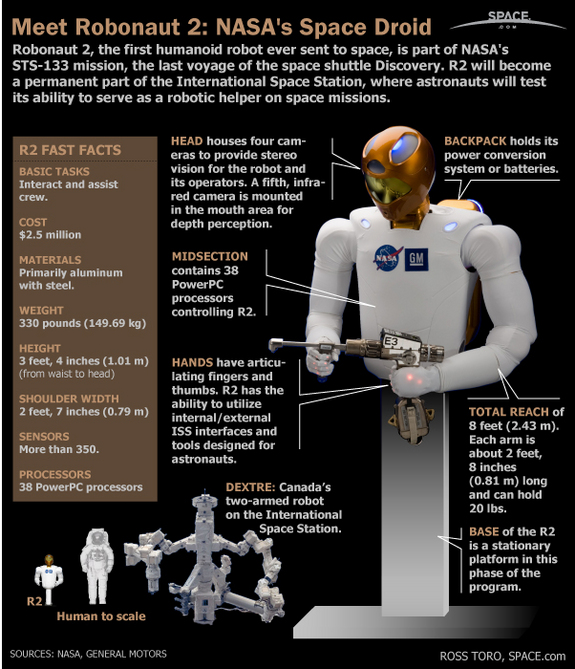First Practical Artificial Leaf Makes Debut : Discovery News
THE GIST
- Researchers have developed a practical "artificial leaf" that turns sunlight into storable fuel.
- The device splits molecules of water into hydrogen and oxygen.
- The team still needs to design a system to capture the fuels before the system can be fully commercialized.
Collected from: First Practical Artificial Leaf Makes Debut : Discovery News
Scientists find 'Holy Grail' of science as they mastermind the world's first artificial leaf | Mail Online
Scientists claim to have found the 'Holy Grail' of science in an artificial leaf that could turn ever British home into its own power station.
The leaf, which is the same size as a playing card, mimics the process of photosynthesis that plants use to convert sunlight and water into energy.
Scientists behind the invention say it could provide an affordable solution to the third world's growing energy crisis.
Dr Daniel Nocera, who led the research team, said: 'A practical artificial leaf has been one of the Holy Grails of science for decades.
'We believe we have done it.
Collected from: Scientists find 'Holy Grail' of science as they mastermind the world's first artificial leaf | Mail Online
Collected from: Dan Nocera: Personalized Energy on Vimeo
The device is an advanced solar cell, no bigger than a typical playing card, which is left floating in a pool of water. Then, much like a natural leaf, it uses sunlight to split the water into its two core components, oxygen and hydrogen, which are stored in a fuel cell to be used when producing electricity.
Nocera's leaf is stable -- operating continuously for at least 45 hours without a drop in activity in preliminary tests -- and made of widely available, inexpensive materials -- like silicon, electronics and chemical catalysts. It's also powerful, as much as ten times more efficient at carrying out photosynthesis than a natural leaf.
With a single gallon of water, Nocera says, the chip could produce enough electricity to power a house in a developing country for an entire day. Provide every house on the planet with an artificial leaf and we could satisfy our 14 terawatt need with just one gallon of water a day.
Making hydrogen gas (the bubbles) from a solar cell in water, a Sun Catalytix prototype.
(Credit: Martin LaMonica/CNET)
Debut of the first practical 'artificial leaf'
The key to this breakthrough is Nocera’s recent discovery of several powerful new, inexpensive catalysts, made of nickel and cobalt, that are capable of efficiently splitting water into its two components, hydrogen and oxygen, under simple conditions. Right now, Nocera’s leaf is about 10 times more efficient at carrying out photosynthesis than a natural leaf. However, he is optimistic that he can boost the efficiency of the artificial leaf much higher in the future.
Collected from: Debut of the first practical 'artificial leaf'
MIT’s Daniel Nocera Announces Artificial Leaf With Goal To Make Every Home a Power Station, Signs with Tata | Free Energy Times
Nocera has founded a company called Sun Catalytix which is working on the development of this technology — specifically on ways to store the power of the sun so it can be used around the clock so electricity is always available.
The Indian Tata group has recently signed an agreement with Nocera to help them commercialize this discovery.
You can see Nocera talking about his technology and Sun Catalytix here.
Collected from: MIT’s Daniel Nocera Announces Artificial Leaf With Goal To Make Every Home a Power Station, Signs with Tata | Free Energy Times
Related





























 EADS Global Website
EADS Global Website 










